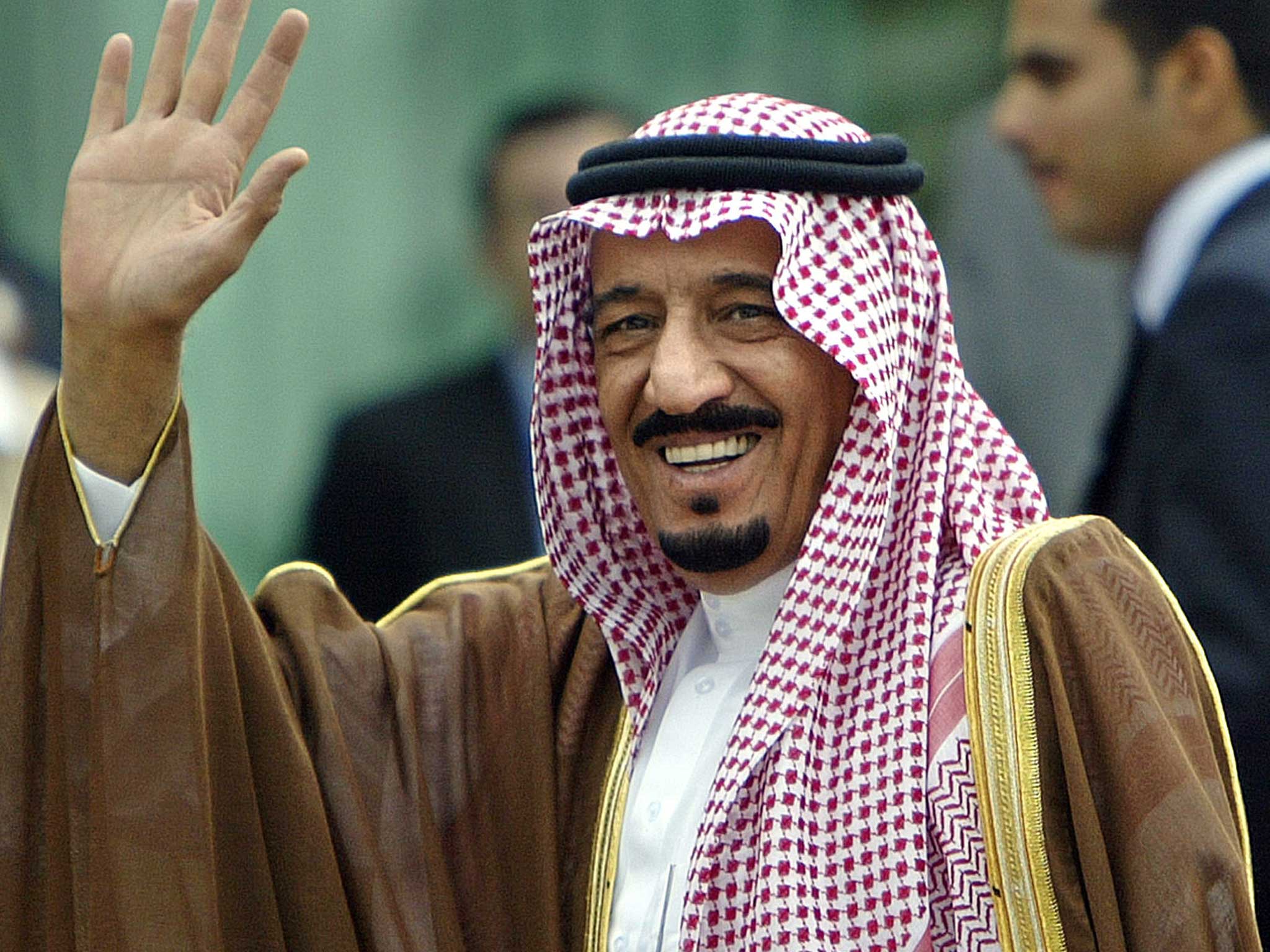
Saudi leaders have been attempting to introduce reforms and exercise more control on the forms of Islam they have been funding, especially in the wake of terrorism striking close to home, as well as falling oil prices, but such efforts may have polarizing effects, writes Yves Gonzalez-Quijano (University of Lyon, France) in his blog, Culture et politique arabes (March 2 and 11). In early March, as they were leaving the Western Mindanao University compound in the Philippines, Saudi Muslim preacher A’id Al-Qarni, along with a religious attaché of the Embassy of Saudi Arabia, were shot in an attempted assassination. While this attack had a large impact in the Arabic-speaking world (1 million tweets commented on the incident, and Al-Qarni has 12 million followers on Twitter), and the Saudi King sent a special plane for bringing the wounded cleric back home, it remained nearly unnoticed in Western media. This reveals the ignorance in the West about religious developments among leaders in Saudi Arabia, Gonzalez-Quijano writes.
There is no doubt that Saudi Arabia and its successful export of Wahhabi Islam have left a lasting mark on Arab minds and identities. The dominant intellectual models inherited from the 19th century Arab Renaissance (nahda) have been replaced with other, religiously-based references. In North African Maghreb countries, the Malikite school of jurisprudence used to be considered as fully orthodox, but zealots in Mauritania, Morocco, Algeria, Tunisia, or Libya now claim that it is not “pure” and strict enough and want to see it replaced with Wahhabi interpretations, based on teachings coming from the Gulf area. A real “religious market” has grown, with Muslim clerical “stars” preaching on an international travel circuit —as illustrated by the attempt on the life of Al-Qarni while he was visiting Muslim areas of the Philippines. The views promoted by those popular clerics have been relayed for decades now by many local authors and preachers in each area, leading to a slow transformation of the understanding of Islam.
In a lecture given at the Institute of South Asian Studies and reprinted in Singapore’s Straits Times newspaper (March 13), scholar James M. Dorsey concurs with Gonzalez-Quijano’s assessment. He remembers his first visit to Saudi Arabia 40 years ago and his initial conclusion that the Saudi ruling family couldn’t last. Dorsey remains convinced that it cannot last but admits that it has greater resilience than expected due to “the Faustian bargain they made with the Wahhabis.” The campaign to spread the Wahhabi worldview “is central to Saudi soft power policy and the Al Saud’s survival strategy,” Dorsey said. By the 1980s, it had established Salafism “as an integral part of the global community of Muslims.” Even a number of non-Wahhabi Muslims has integrated some concepts from Wahhabism. But Saudi reforms may be difficult to achieve within the constraints of Wahhabi religious doctrines, and the genie may be out of the bottle: the Wahhabis and the Saud family are nearing a crunch point that might spark more militant splits, with an impact on Muslim communities worldwide.
(Culture et politique arabes – http://cpa.hypotheses.org; The Straits Times, http://www.straitstimes.com/opinion/creating-frankenstein-the-saudi-export-of-wahhabism)
